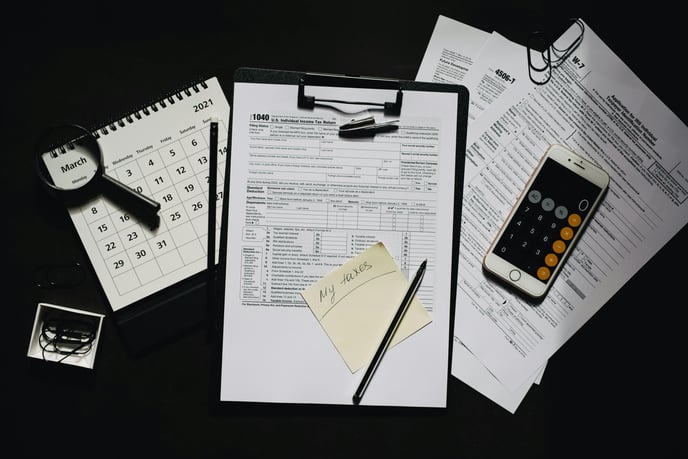
Circular procurement is the future of sustainable business
Circular procurement is the future of sustainable business.
The circular economy model is the future of procurement. Circular procurement connects purpose and people throughout the business and with suppliers, creating a resilient and compliant future business.
Objectives
The objective of Circular Procurement is to reduce waste and virgin material usage while increasing the reuse, recycle, and repurpose of resources. The first step towards embracing circularity in procurement is to design your sourcing and contracting strategies well. Irrespective of what you buy, how you buy or who you buy from, you will need to consider redesigning your strategies to achieve these circular objectives:
- Buy Less
- Buy Better
- Use Better
- Use Longer
Evolution in procurement value
There is an apparent evolution from traditional procurement to sustainable procurement towards Circular Procurement and it is in the way we engage with the suppliers, the criteria we set to select and award, the basis and focus in the evaluation phase, the collaboration we seek in the contract to deliver a “beyond value for money” product or service. Different contracting models should be considered where we have shared responsibility, shared ownership, usership, or stewardship models of the value in a product or a service.

The ultimate goal is to retain value in everything we buy. The same sourcing questions and performance requirements will apply, however we need to start rephrasing these questions with the end-goal in mind: ‘what is the best possible outcome we want to achieve?’
The same questions apply
If you are clear in what ‘good’ looks like, you can start re-wording the selection and evaluation questions with that goal in mind:
- Should we Buy? The most circular buy is the one we do not make, with 100% cost savings and no impact on the environment and communities.
- What to Buy? The product specifications should express the functional performance of your specification, the environmental and social criteria it needs, including material impact and supporting services. Use tools like Circulytics or Circular IQ to embed and evaluate circular economy criteria in the procurement process.
- Who to Buy From? If the circular specification is defined, the preferred supplier should be clear on the sustainable and circular expectations, presented in the Pre-Qualification Questionnaire stage. Express the need for alignment to standards, workforce skills, or a strategic roadmap with actions plan to implement these.
- How to Buy? The traditional Procurement process is a linear one. With circularity, we challenge this process by engaging suppliers and internal decision makers early or even before the design stage, early. Understanding the buying need and what the market can offer, what they have available is very valuable to ensure your specifications are future-proof and designed for a sustainable outcome.
Collaboration is key to success
Circular procurement is a big remit that cannot be achieved alone. Innovation is key to make the right buying decision, utilising the relationship with suppliers to find solutions through collaboration. It requires multi-functional collaboration, starting from the early design stage. The process of buying may not change, but the questions and engagement with internal resources and suppliers do. Depending on the strength of the buyers’ relationship with the business decision makers and the main stakeholders in the supply chain, it presents the biggest opportunity to create a resilient and compliant future business.
Transparency is disclosure
Circular procurement and supply chain models enable companies to reduce waste and increase value along the lifecycle of products, workforce, money and data. It’s crucial to assess the best combination of circular sourcing and revenue models for a business. It is even more crucial to comply with regulations related to Circular Economy. In our next blog, we will deep dive in the upcoming disclosures that are required under the new ESRS disclosures. By embracing circularity in procurement, throughout all business functions, companies can benefit from increased transparency, improved environmental performance, and greater customer satisfaction, transforming the way businesses are run.
Circular procurement is the future of sustainable business. It is a catalyst for a more sustainable world. Multi-functional collaboration and compliance with regulations are key to the success of embracing the circular economy model throughout the business.
This is a first blog in the Circular Procurement series. Don’t hang around, just start, start small, start to engage, start to ask circular questions.
If you want to know more about improving your sustainable performance, contact Eva@futureplanet.com

